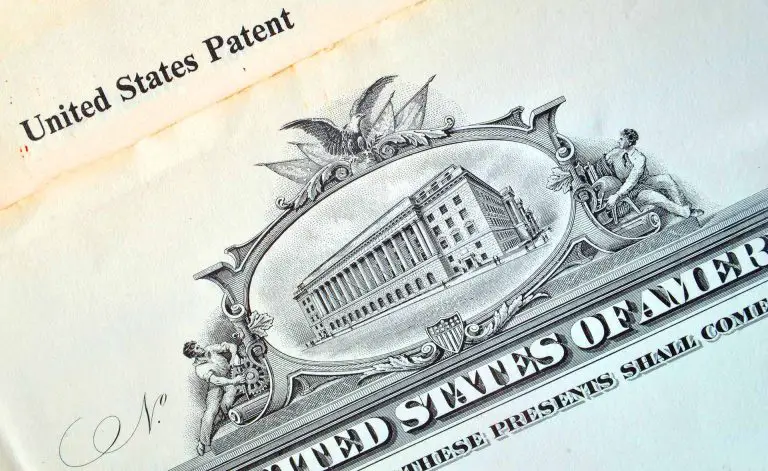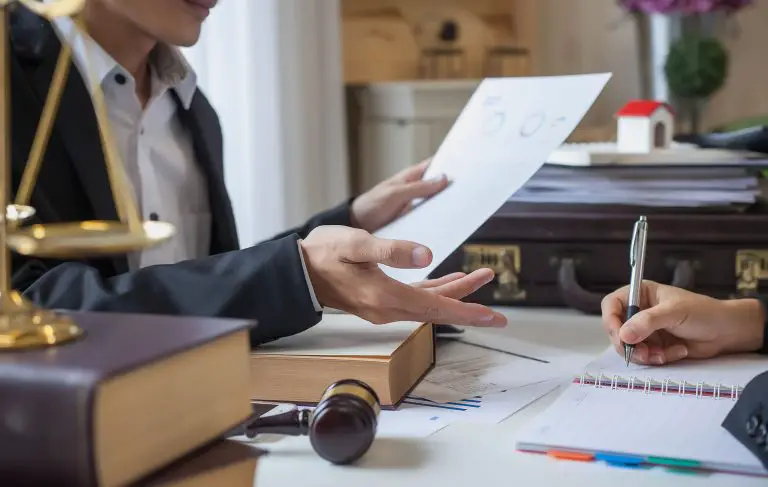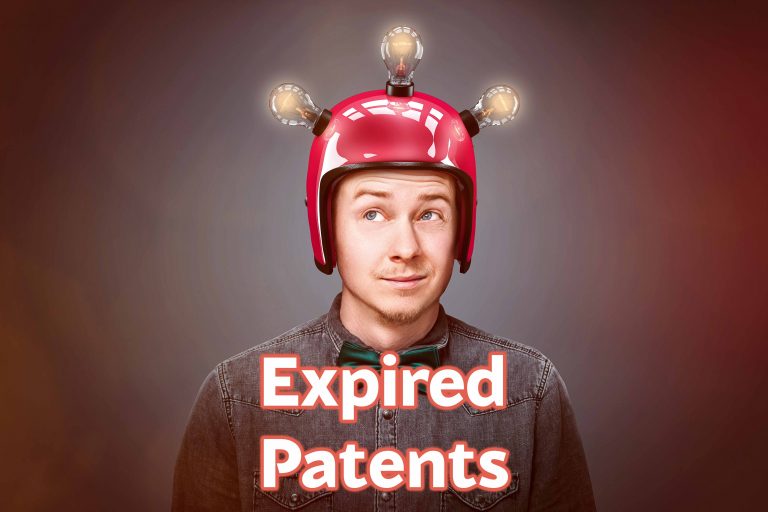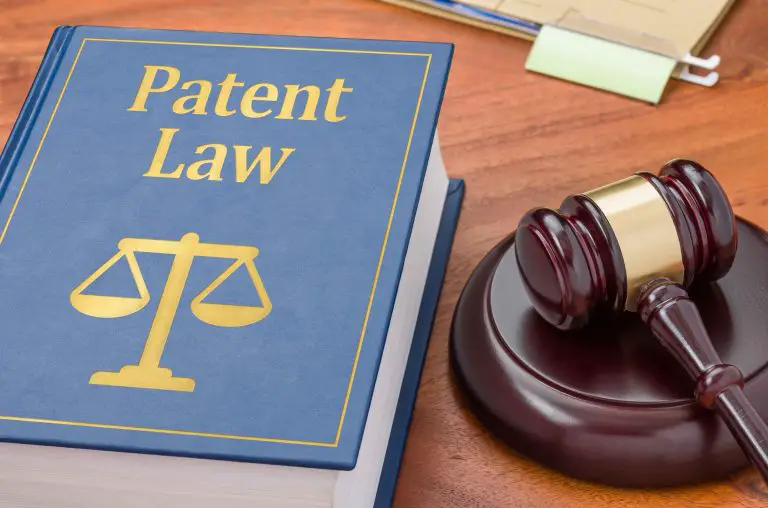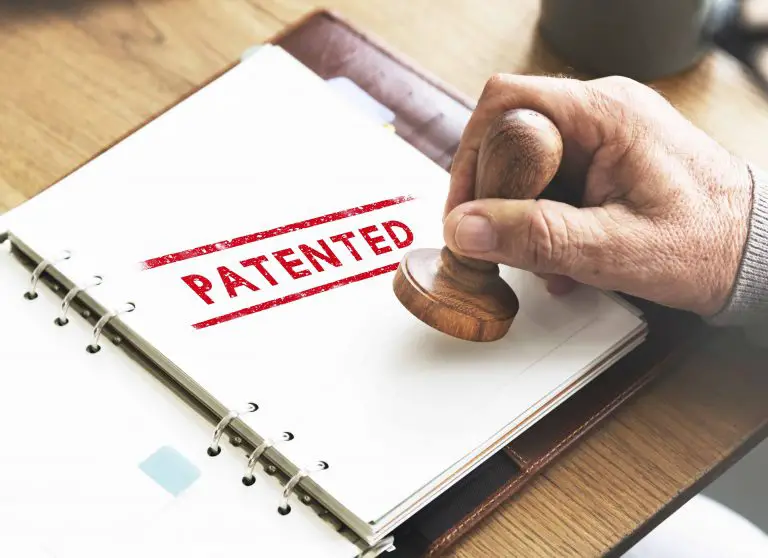What is a Patent License Agreement?
If you have an invention that you’ve patented, you might be wondering whether you can license your product or invention for others to use? The short answer is that you can license your invention to others by executing a patent license agreement. So, what exactly is a patent license agreement? We will answer this question below.
What is a Patent License Agreement?
A patent license agreement is a negotiated agreement between a patent holder and a licensee. Once the parties have negotiated the terms of an agreement, the parties enter into a contract where the patent holder (licensor) agrees to allow the licensee to use, make, sell, or import the patented invention to the US in exchange for an agreed-upon fee.
The terms of a patent license agreement will set forward the scope of rights that the patent holder (licensor) is transferring to the party that wants to use the patented invention (licensee). The licensing agreement typically includes the royalty or agreed-upon fee that will be paid by the licensee to the licensor in exchange for use of the patented invention.
If you are an inventor and you want to license your invention to a third party to profit from your patented invention, you should contact an attorney to assist you with drafting your licensing agreement.
Properly drafting a license agreement is very important to avoid disputes down the road. This is so because the patent license agreement sets forth what the licensee can and cannot do with your patented invention.
A patent license agreement is a legally binding contract where both the licensor and licensee have duties that they must perform according to the terms of the patent license agreement.
As such, clearly laying out what is required by each party is very important because not performing any of the agreed-upon terms will result in a breach of contract. Hiring an attorney to remedy a breach of contract is much more costly than hiring an attorney to properly draft a licensing agreement. So, hire an attorney and have the job done right from the getgo.
Since every situation is different and the parties agree to perform different things, patent holders and licensees should not use premade licensing agreements. Instead, the parties should have an attorney draft a patent license agreement that reflects what both parties have agreed to.
Attorneys often approach drafting a licensing agreement by looking at what the parties want to achieve with their patent license agreement and they take clauses from other agreements and modify them to fit what the parties’ have agreed to.
How Much Does it Cost to License a Patent?
A well-written licensing agreement tailored to a licensor and Licensee’s specific situation requires three to four hours of an attorney’s time, costing between $300 to $1,000, depending on how much your attorney charges you.
You can find a standard licensing agreement for $10 to $50, however, we do not recommend using these unless you have experience drafting licensing agreements.
Patent Rebel does not recommend using a standardized licensing agreement because they are not tailored to your specific situation. For a licensing agreement to be effective, it must accurately represent the agreement between the licensor and the licensee.
Premade agreements are often missing important information that may prove to be very important when the time comes for each party to perform its duties under the agreement.
So, we recommend spending the extra money upfront to hire an experienced attorney draft your patent license agreement to avoid costly legal situations down the road.
How Long Does a Patent License Agreement Last?
A patent license agreement lasts for as long as the parties agree for the agreement to last. The terms of a patent license agreements are agreed upon by both parties, the agreement usually spells out the term for how it will last.
So, if you’re curious about how long a patent license lasts, all you have to do is look at the terms of the agreement between the licensor and the licensee.
What Terms Should a Patent License Agreement Contain?
We will cover the most important terms that you’ll encounter when licensing intellectual property, such as patents. This list is not comprehensive of everything you’ll encounter, but you should know they exist.
1. Type of License
When drafting a patent license agreement, a patent holder must first determine what type of license he wants to give to the other party (licensee). There are two main types of patent license agreements: Exclusive license agreement and non-exclusive license agreements.
An exclusive license agreement is one where the patent holder transfers to the licensee the exclusive right to use, make, sell, and import the patented invention to the United States. Said differently, in an exclusive license agreement, the patent holder transfers all rights to make, use, and sell the patented invention to the licensee.
In a non-exclusive license agreement, the patent holder transfers to the licensee the right to use, make, sell, and import the patented invention while the patent holder retains (keeps) the right to use, make, and sell the patented invention.
Said differently, a non-exclusive patent agreement merely allows the licensee permission to use, make, and sell the patented invention. However, with this type of agreement, the patent holder retains the right to license the use of his invention to others.
2. Payment
Make sure that you or your attorney clearly define the terms of payment. Some of the patent holders we’ve dealt with have sought an upfront payment in addition to a percentage of the profits or sales. However, make sure that you unpack what percentage of profits or sales means.
You need to add enough detail to flesh out what happens in certain situations, such as when the product is offered at a discount. This is where your attorney will focus most of his attention and you should too because many disputes happen over payment details.
3. Set the Duration for your License
You should perform some research before locking yourself for too long in a licensing agreement.
For example, if you grant a company an exclusive licensee to manufacture and sell a pair of nail clippers that you invented in exchange for a royalty, you want to make sure that you don’t lock yourself in a contract with that company for too long because if they don’t sell well, the amount of money you make will suffer if they don’t make enough sales.
You want to set the duration so that if you’re not profiting under your current licensing agreement, you can get out of it to seek other, more lucrative agreements.
At the end of the day, every situation is different. So, if you’re confused about how long to set the duration of your licensing agreement, you should contact your attorney and consult with them. They have experience and are best suited to assist you.
Can You License a Design Patent?
Absolutely, yes! You can license a design patent the same way a patent holder licenses the use of his utility patent.
If you have a design that you’ve patented, you can license it to a third party by drafting a patent license agreement where you and the other party layout the terms of your agreement.
The agreement will layout how the licensee can use your design. It will also layout the fee the licensee must pay in exchange for the ability to use, make, and sell your patented design.
How Do You Create a Patent License Agreement?
You can create a patent license agreement by looking at previously written licensing agreements and using the sections from previous agreements that illustrate the parties’ agreement.
If you have a patent that you want to license, Patent Rebel recommends that you hire a skilled attorney to draft a patent license agreement for you. Many disputes arise from poorly drafted licensing agreements.
So, to avoid trouble down the road, hire an attorney and have them draft an agreement that accurately and completely reflects what the parties’ have agreed to when negotiating their agreement.
Patent Rebel Frequently Asked Questions (FAQs)
1) How do you get a license for intellectual property?
This article covers licensing patents, but the process for licensing other forms of intellectual property is very similar. The parties need to negotiate a licensing agreement before entering into one. Many parties to choose to hire an attorney to represent them not only in drafting the licensing agreement but also in negotiating the terms of the licensing agreement.
Hiring an experienced attorney is the best thing you can do to protect yourself from the other party. Whether you’re the licensor or licensee, having an attorney negotiate the terms of a license agreement is the best thing you can do.
Always look at things as if you’re in a dispute with the other party because even though you’re not planning on getting into a dispute, life happens and so you should have an attorney carefully draft a licensing agreement for you.
2) What are the four types of intellectual property?
The USPTO offers four types of intellectual property protection: patents, trademarks, copyrights, and trade secrets. You can license the use of any form of intellectual property by executing a licensing agreement that allows a third party to use your IP.
3) What should be included in a licensing agreement?
We have included some of the sections that must be included in every licensing agreement. However, if agreement is different because different parties have different terms that must be included in the agreement. The agreement is made to accommodate what each party wants in exchange from the other party. If you know help drafting a licensing agreement, you should contact an attorney and ask them to draft it for you.
4) What are the types of licensing?
The two main types of licensing that we covered in this article are exclusive licenses and non-exclusive licenses. In an exclusive license, the patent holder transfers all the rights to make, use, and sell the patented invention to the licensee. In a non-exclusive license, the patent holder transfers the right to make, use, and sell the patented invention while the patent holder retains the right to license the patented invention to others.
5) What does licensing your product mean?
Licensing your product usually means that you allow another party to make use of a patent invention, make it, and sell it to others. In exchange for giving the other party the ability to make, use, and sell the invention, a patent holder takes a fee or percentage of the profits for every sale that the licensee makes.


